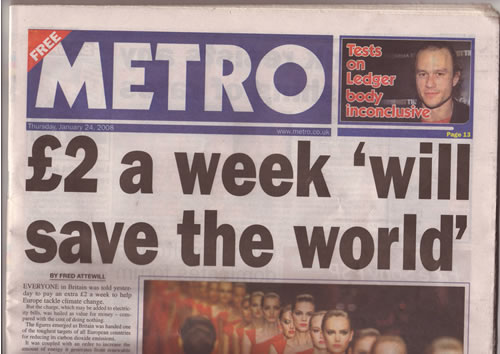7 simple steps for developing effective supporter journeys
If happiness is a perfectly structured supporter journey, why are there so few of them?
Of course creating them can be hard work, but it’s no dark art.
Marketers need to throw off the shackles of tactical thinking; break free from the trap of repeated testing of pointless details and embrace the bigger conceptual thinking needed to transform their approach.
The secrets buried inside a database often reveal the essential structure to communication patterns.
More organisations should have the confidence in their strategic thinking to dig deeper to make bigger changes.
I have seven simple pointers that might help more ambitious companies evolve their supporter journeys.
1. Let the data science do the heavy lifting
Develop a programme structure based on statistics and results rather than from opinions. Correct analysis can often shows you the optimum communication structure with the most impactful sequence of messages according to your supporter’s own personal timelines.
The best example I’ve been involved with here was Macmillan Cancer Support. The data insight quickly dispelled so many internally held myths and provided the real facts required for a total restructure of the year one donor journey. In fact, the last results I saw showed that they had shaved nearly 50% off year one attrition by doing this.
2. Use this data to ensure that each supporter conversation embraces the best channel, sequence and timing
Not always as hard as it sounds. World Vision UK can hold their heads high here – successfully engaging their supporters in a multi-channel programme based on channels each actually use.
Advertisement
3. Enrich this structure with triggered communications, ready to respond quickly to a supporter’s interactions
I’m currently supporting English Heritage with Journey planning, where the vast power in triggered and responsive communications to make an experience personal has repeatedly proven itself.
4. Consider your most logical phasing of communication objectives over time
Behavioural science provides some really interesting guidance on how to correctly frame a message to achieve a certain outcome once you’ve done this.
Again, I’d site World Vision UK as doing this well. New child sponsors quickly overcome any post-purchase anxiety when they receive a personalised film from their sponsored child. Nothing overcomes rational barriers like a fast and personal emotional connection.
5. Make it dynamic
Once it’s laid down, be prepared to evolve based on interactions.
6. Humanise your brand
Build upon your brands personality; make your message feel more human and emotive and less corporate. This is perhaps where some of the large brands need to learn more from the small ones.
7. Finally, be brave
It may mean changing the entire journey. It could mean short-term pain, but in every example I’ve been involved in, the client has been appreciative of the changes once the results come in.
You’ll be glad you did 12 months from now.
Paul Handley is Co-founder and Strategy Partner at Campfire.





